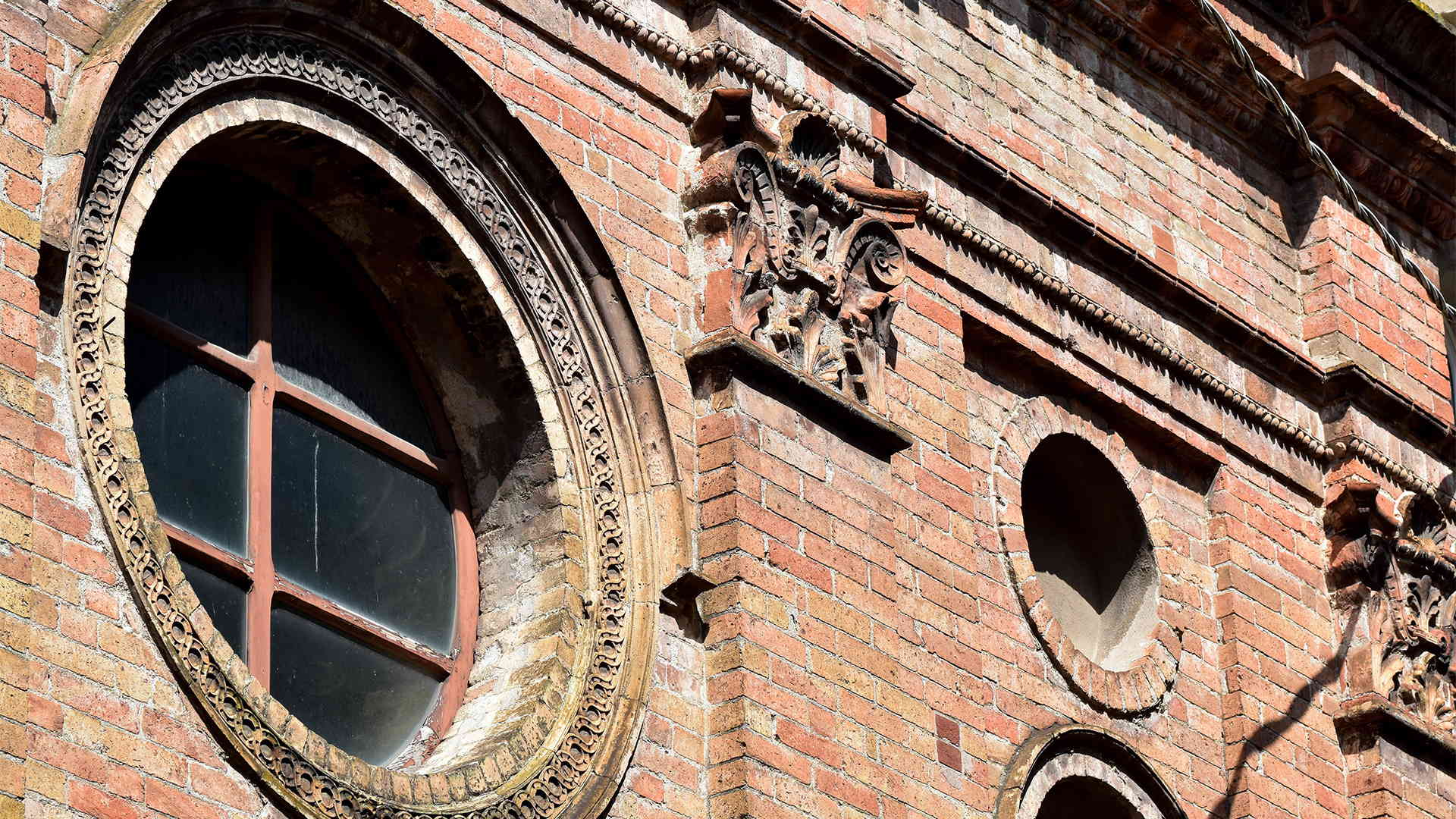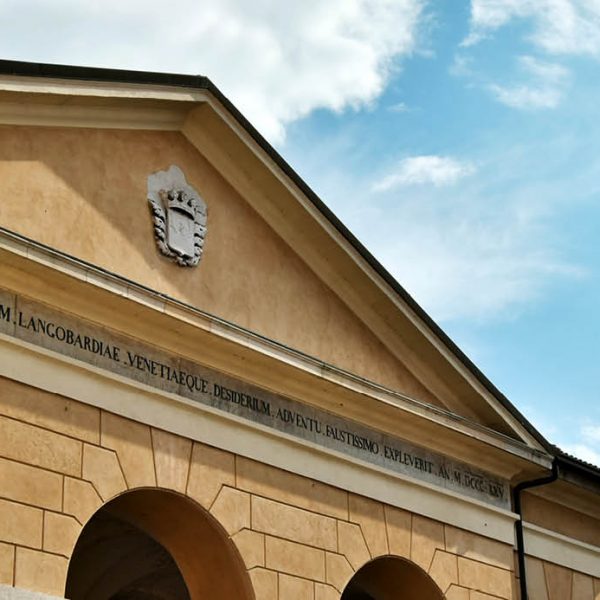Church of Saint Magdalene and Holy Spirit
 Tutti i luoghi
Tutti i luoghi
L'eleganza del cotto
The first church was annexed to the hospital of Santo Spirito founded in 1277. In 1494 all the hospitals of Crema were united in the Ospedal Grande under whose administration this building also passed. The church was rebuilt starting in 1511 and completed in the 1920s by the friars of Santo Spirito. The project is attributed to Agostino de Fondulis (Crema, around 1460 – around 1521).

The fifteenth-century cloister with octagonal pillars on the right side of the temple remains of the hospital structure.

The church building, entirely in brick, has a tripartite façade of semi-pillars set on high pedestals; rectangular recesses contain niches surmounted by blind oculi, according to a scheme already used by de Fondulis in Santa Maria della Misericordia in Castelleone. Precious are some details in terracotta, such as the elegant tabulae, the door and window frames, the capitals of the so-called type with ‘S’ volutes. A high tympanum crowns the facade, taking up some decorative elements and reinterpreting them. The left side, free, is marked by semi-pillars in proportional continuity with those of the facade. Even the polygonal lantern, visible from via Buso, has sides enriched with geometric decorations in terracotta.

In 1590 the ‘Grande Ospedale’ di Crema sold the church of Sant Mary Magdalene and the annexed house to the friars of the Third Order of San Francesco di Vairano (nowadays disappeared locality located near Rubbiano) who administered them until the Napoleonic suppression occurred in 1805. In this year the three paintings that adorned the altars of the church and the terracotta Compianto were purchased by the Vimercati Sanseverino family, owner of the adjacent building. The same family in 1837 also bought the former sacred building that it still holds today. The paintings are now kept in the Pinacoteca di Brera in Milan. These are the Pentecost of Paris Bordon (Treviso, 1500 – Venice, 1571), the Adoration of the shepherds by Giovanni Busi, known as Cariani (Fuipiano al Brembo, circa 1485 – Venice, 1547) and the Noli me tangere by Vincenzo Catena (1470 circa – 1531). The Lamentation by Agostino de Fondulis is instead located in the parish church of San Martino in Palazzo Pignano.
Info
Piazza Trento e Trieste
Private residence





